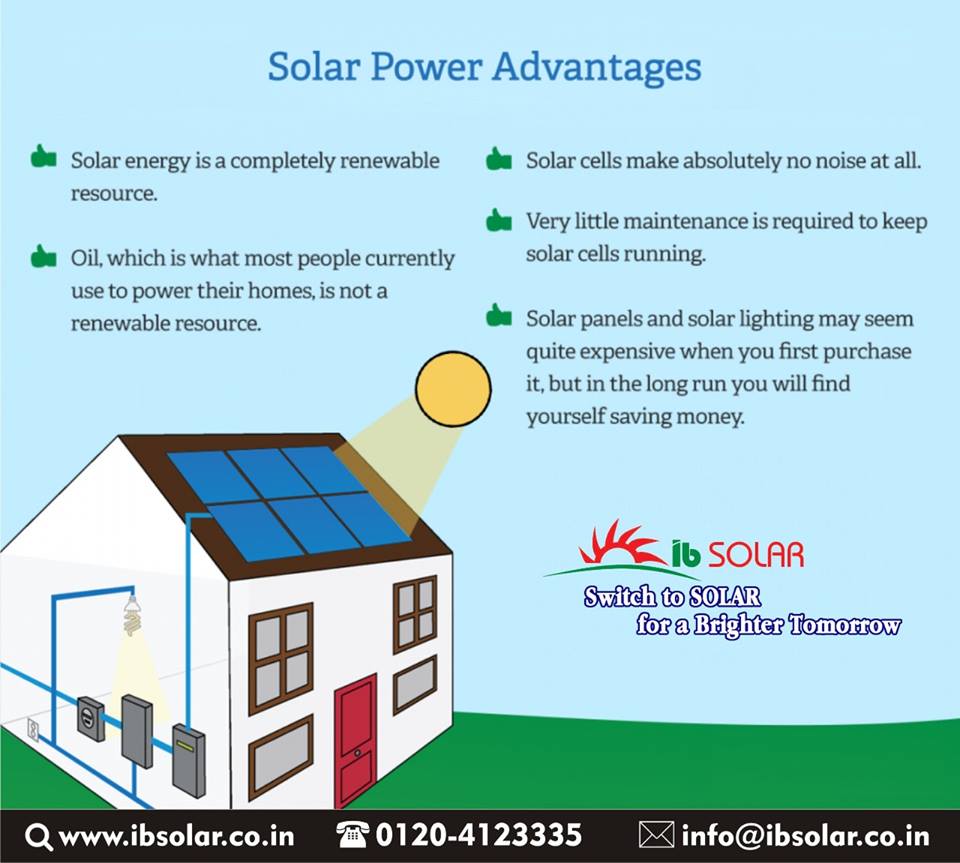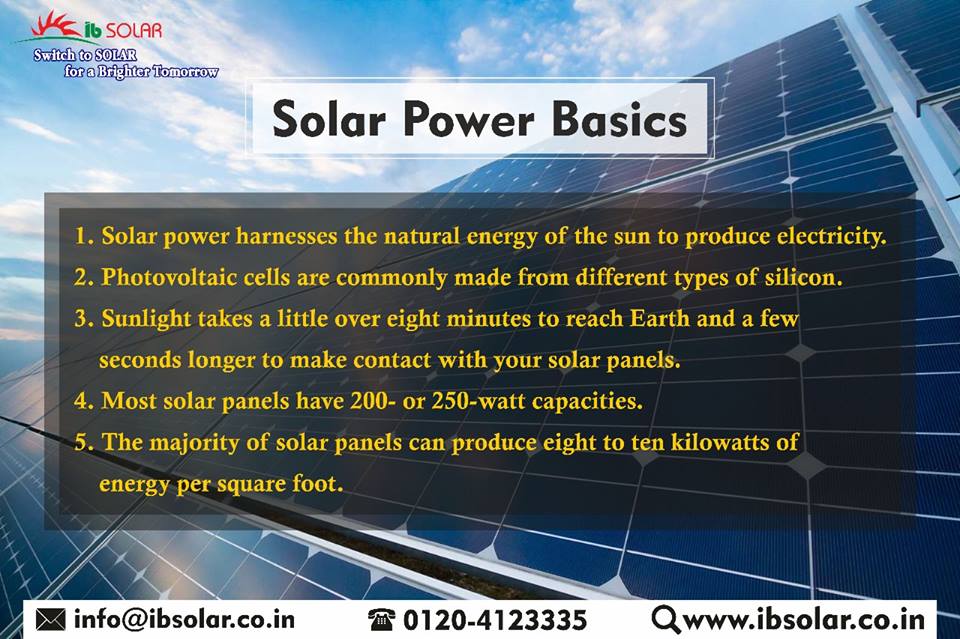IB Solar has developed a range of standard PV Systems for on-grid and off-grid applications integrated into Biggest Solar Power Project in India. Whether you are a company interested in a captive solar power plant for your needs or a power producer looking to scale up solar power in your portfolio, IB Solar can design a fully integrated and customized solar power plant project for you. We have the prowess to manage solar energy projects of such scale and the much-needed know-how to work within the confines of regulatory policies or the geography constraints and hence our efforts help us in making Largest Solar Power Plant in India.
Services offered in solar power projects in India by IB Solar
- Site survey
- System Designing
- Preparation of D.P.R
- Supply, Installation & Testing of Power Plant.
- Supply of Solar Panels/ Invertors/ Batteries/ Module Mounting Structure.
- After Installation services of the systems installed
Types of Solar power plants
IB Solar is dedicatedly engaged in solar power plant installation and manufacturing of different types of solar plant in India, Our range of standard PV Systems for on-grid and off-grid applications and exceptional knowledge on working of solar power plant made us superior from all other solar power plant companies in India.
A) OFF-GRID & DECENTRALIZED SOLAR POWER PLANT:
Off-grid solar energy systems convert sunlight into electricity without connecting to local utility grids. They are ideal for areas without public grid access. In some cases, off-grid solar energy systems include storage solutions such as batteries or flywheel energy storage, which allow excess electricity to be saved for future use. The main components of off-grid systems include solar panels, con-inverters, and batteries.
An off-grid solar energy system can be used as a mobile or back-up power supply for homes, medical clinics, telecommunications stations, meteorological stations, and forest fire stations, especially those located in areas without public utility grids, such as remote islands and mountainous regions. In these cases, off-grid solar energy systems replace conventional power generation solutions such as diesel generators.
EQUIPMENT FOR OFF-GRID SOLAR SYSTEMS
There are a few key differences between the equipment needed for grid-tied, off-grid and hybrid solar systems.
Typical off-grid solar systems require the following extra components:
- Solar Charge Controller
- Battery Bank
- DC Disconnect (additional)
- Off-Grid Inverter
- Backup Generator (optional)
B) GRID CONNECTED SOLAR PLANTS:
Large scale PV plants are used for electricity generation that is fed into the grid. Such systems typically consist of one or more photovoltaic (PV) panels, a DC/AC power converter/inverter, racks, mounting fixtures, and electrical interconnections. Additionally, such systems could also include maximum power point trackers (MPPT), battery systems and chargers, solar trackers, software for energy management, solar concentrators etc. The electricity generated is either stored, used directly for self-consumption, or is fed into large electricity grids.
Grid-connected projects may be either i) Ground Mounted PV or ii) Rooftop PV
EQUIPMENT FOR GRID-TIED SOLAR SYSTEMS
- Grid-Tie Inverter (GTI) or Micro-Inverters
- Power Meter
C) HYBRID SOLAR POWER PLANTS:
Hybrid Solar Systems combine the best from grid-tied and off-grid solar systems. These systems can either be described as off-grid solar with utility backup power, or grid-tied solar with extra battery storage. Solar power is used as a primary source of power but in case of low sun Radiation or in Cloudy Days, When Solar charging is less, Batteries charged through AC Mains. The additional benefit of a HYBRID system is that being cost effective (since the battery bank size shall be less by almost 40 %). It provides reliable power even in the adverse weather conditions, seasonally low radiations or unpredictable increased demand for Power.
EQUIPMENT FOR HYBRID SOLAR SYSTEMS
Typical Hybrid System of Solar Power in India is based on the Following Additional Components:
- Charge Controller
- Battery Bank
- DC Disconnect (additional)
- Battery-Based Grid-Tie Inverter
- Power Meter
How to calculate the cost of solar power with the help of solar power calculator?
For the ease of consumers, IB has made a Solar energy calculator by which one can easily calculate cost of solar power plant installation and get solar energy information just with the filling of specific fields such as
- Area/Solar panel capacity of Installation
- Type of Property – Residential, Commercial, Industrial and Others
- State of Installation
Click on this link to calculate the cost: – https://www.ibsolar.co.in/solar_calculator.php
How solar power plant works?
Solar power plants concentrate on the sun’s rays to produce electricity. The most commonly used solar technologies today are Solar thermal systems and Photovoltaic plants.
What is Solar Thermal Power Plant?
A solar thermal power plant generates electricity and heat by concentrating the sun’s energy. That builds steam which in turn helps to feed a turbine and generator to produce electricity.
There are three types of solar thermal power plants:
- Parabolic troughs
- Solar power tower
- Solar pond
What is Solar Photovoltaic Power Plant?
A solar photovoltaic power plant, commonly called a solar cell or PV, is a technology used to convert solar energy directly into electricity. In solar photovoltaic power plant particles of solar energy, known as photons, strike the surface of a photovoltaic cell between the two semiconductors. With the help of photoelectric effect, it causes them to absorb the photons and release electrons. The electrons are captured in the form of an electric current or we can say Electricity.
Solar Power Advantages And Disadvantages


